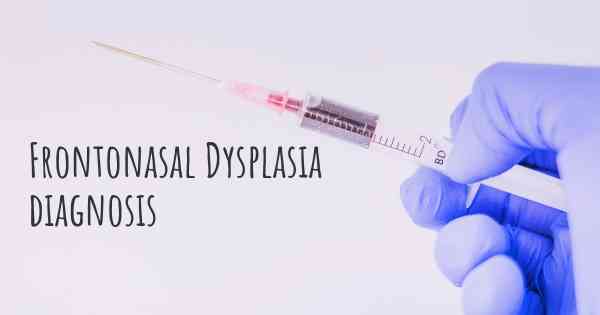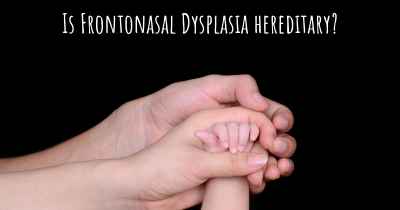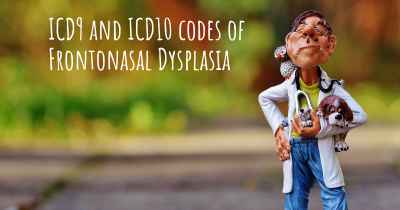How is Frontonasal Dysplasia diagnosed?
See how Frontonasal Dysplasia is diagnosed. Which specialists are essential to meet, what tests are needed and other useful information for the diagnosis of Frontonasal Dysplasia

Frontonasal dysplasia is a rare genetic disorder that affects the development of the face and skull. It is characterized by various facial abnormalities, including a wide nasal bridge, widely spaced eyes, a cleft lip or palate, and malformation of the forehead and skull. Diagnosing frontonasal dysplasia typically involves a combination of clinical evaluation, medical imaging, and genetic testing.
Clinical evaluation: A thorough physical examination is usually the first step in diagnosing frontonasal dysplasia. A healthcare professional, such as a geneticist or a craniofacial specialist, will carefully assess the individual's facial features and look for characteristic signs of the condition. They may also evaluate other parts of the body for any associated abnormalities.
Medical imaging: Imaging techniques, such as X-rays, CT scans, and MRI scans, are often used to obtain detailed images of the skull and facial structures. These imaging studies can help identify specific abnormalities, such as the shape and size of the skull, the position of the nasal bones, and the presence of any clefts or malformations.
Genetic testing: Genetic testing plays a crucial role in confirming the diagnosis of frontonasal dysplasia. This typically involves analyzing the individual's DNA for specific genetic mutations or variations known to be associated with the condition. Genetic testing can be done through various methods, including chromosomal microarray analysis, targeted gene sequencing, or whole exome sequencing.
In some cases, additional tests may be recommended to rule out other conditions with similar features or to assess the extent of organ involvement. These may include hearing tests, eye examinations, and cardiac evaluations.
It is important to note that diagnosing frontonasal dysplasia can be challenging due to its variable presentation and overlap with other genetic conditions. Therefore, a multidisciplinary approach involving specialists from various fields, such as genetics, craniofacial surgery, and radiology, is often necessary to reach an accurate diagnosis.








